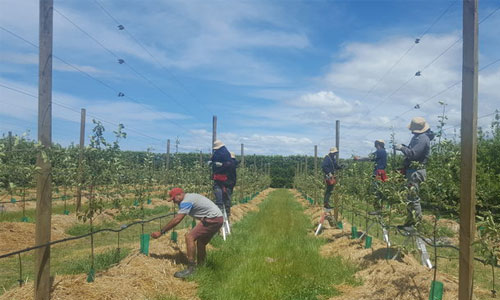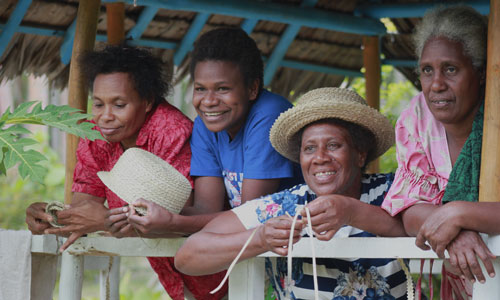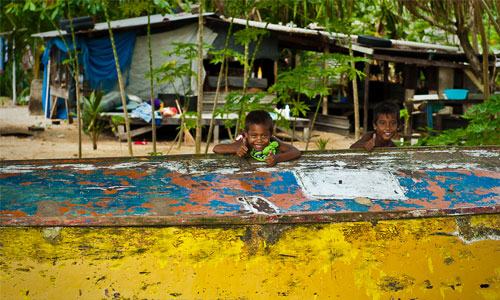A labour migration strategy that is an integral part of national development and employment strategies of both sending and receiving nations. Allowing high remittance flows, transfer of investment, technology, and critical skills, including migrant workers earning US$ 440 billion in 2011 and $350 billion being returned to developing countries.



